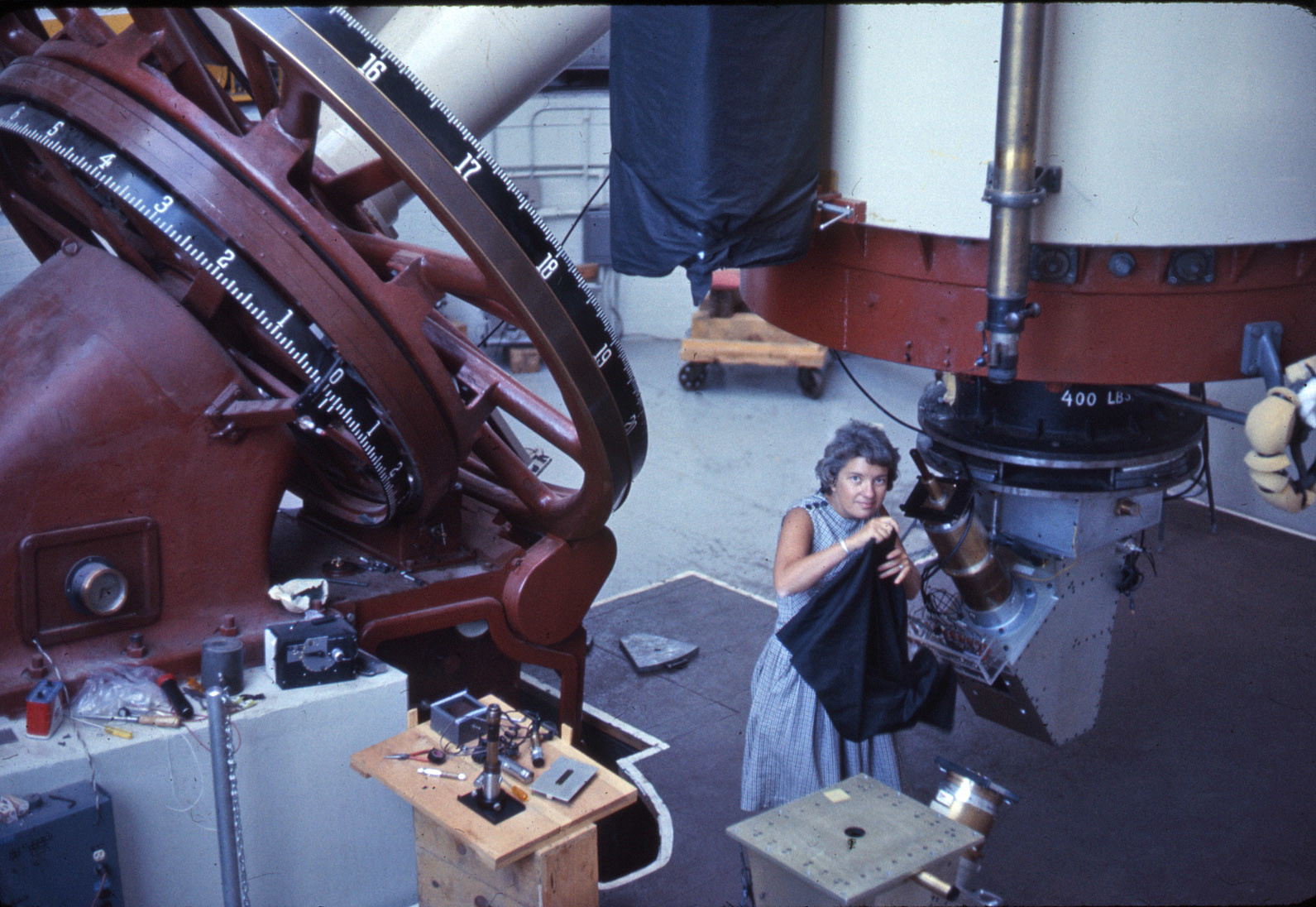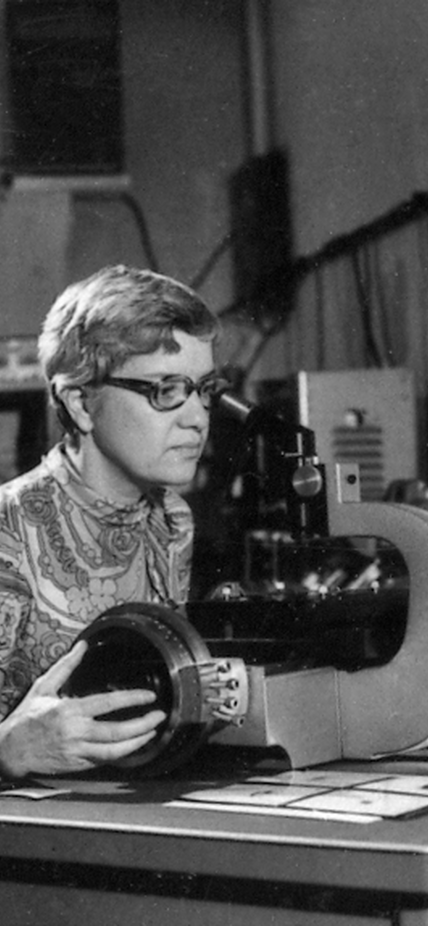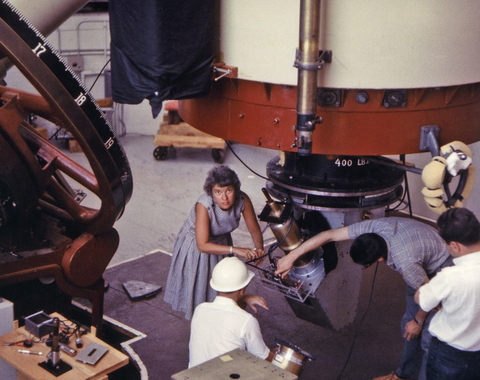This week, the U.S. Mint released a quarter into nationwide circulation commemorating the late Carnegie Science astronomer Vera Rubin’s trailblazing contributions to our understanding of the universe.
The “tails” side of the coin depicts Rubin smiling in profile and staring up toward the cosmos, which swirls behind her. The words “Dark Matter” are emblazoned below, recognizing her extraordinary work on the rotation of galaxies, which confirmed the existence of dark matter—the invisible material makes up more than 90 percent of the universe’s mass.
Rubin spent almost her entire professional career at Carnegie’s former Department of Terrestrial Magnetism, which is now part of the institution's Earth and Planets Laboratory. Her pioneering work was recognized by President Bill Clinton with the National Medal of Science in 1993.
The quarter is an installment of the Mint’s American Women Quarters series, which began in 2022 and honors, “a diverse group of notable American women who made significant contributions in a variety of fields, including suffrage, civil rights, abolition, government, humanities, science, space, and the arts,” according to its website. The series has recognized such luminaries as Sally Ride, Bessie Coleman, and Eleanor Roosevelt.
In addition to her groundbreaking research., Rubin was an ardent feminist, advocating for women in STEM fields throughout the scientific enterprise, including at facilities like Palomar Observatory, institutions like the Cosmos Club, and universities, such as Princeton.

“Despite struggling to gain recognition as a female astronomer in a male-dominated field, Rubin became a leading figure in astrophysics and an advocate for women in STEM,” the Mint said on its website. “Her research revolutionized our understanding of the universe and continues to shape modern cosmology.”
Rubin began her Carnegie career in 1965, collaborating with colleague Kent Ford to study the Andromeda galaxy, also known to astronomers as M31. The two scientists wanted to determine the distribution of its mass by looking at the orbital speeds of stars and gas at varying distances from the galactic center. They expected the speeds to conform to Newtonian gravitational theory, whereby an object farther from its central mass orbits slower than those closer in. To their surprise, the scientists found that stars far from the center traveled as fast as those near the center.
After observing dozens of more galaxies by the 1970s, Rubin and colleagues found that something other than the visible mass was responsible for the stars’ motions. Each spiral galaxy is embedded in a “halo” of dark matter—material that does not emit light and extends beyond the optical galaxy. They found it contains 5 to 10 times as much mass as the luminous galaxy.
In addition to the National Medal of Science, she was elected to the National Academy of Sciences in 1981. In 1996, she became the first woman to receive the Royal Astronomical Society’s Gold Medal since Caroline Herschel, who was awarded the prize in 1828.
The release of the quarter comes ahead of “first light” at the Vera C. Rubin Observatory in Chile, which is planned to occur later this summer.



